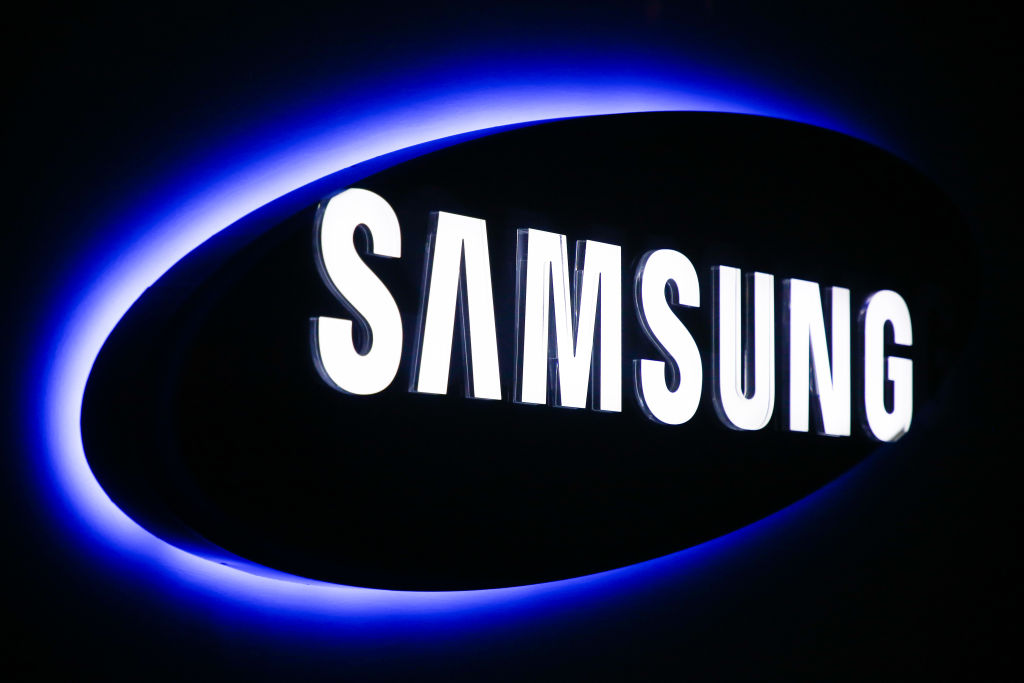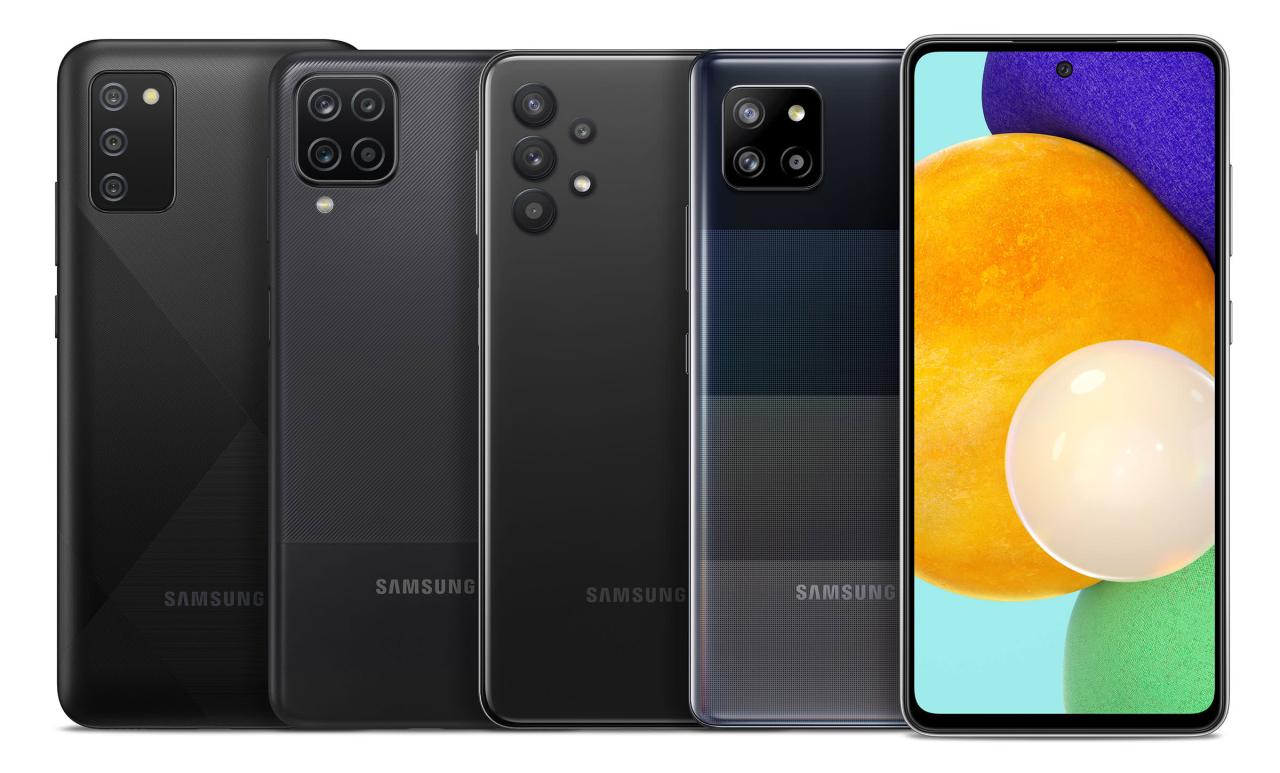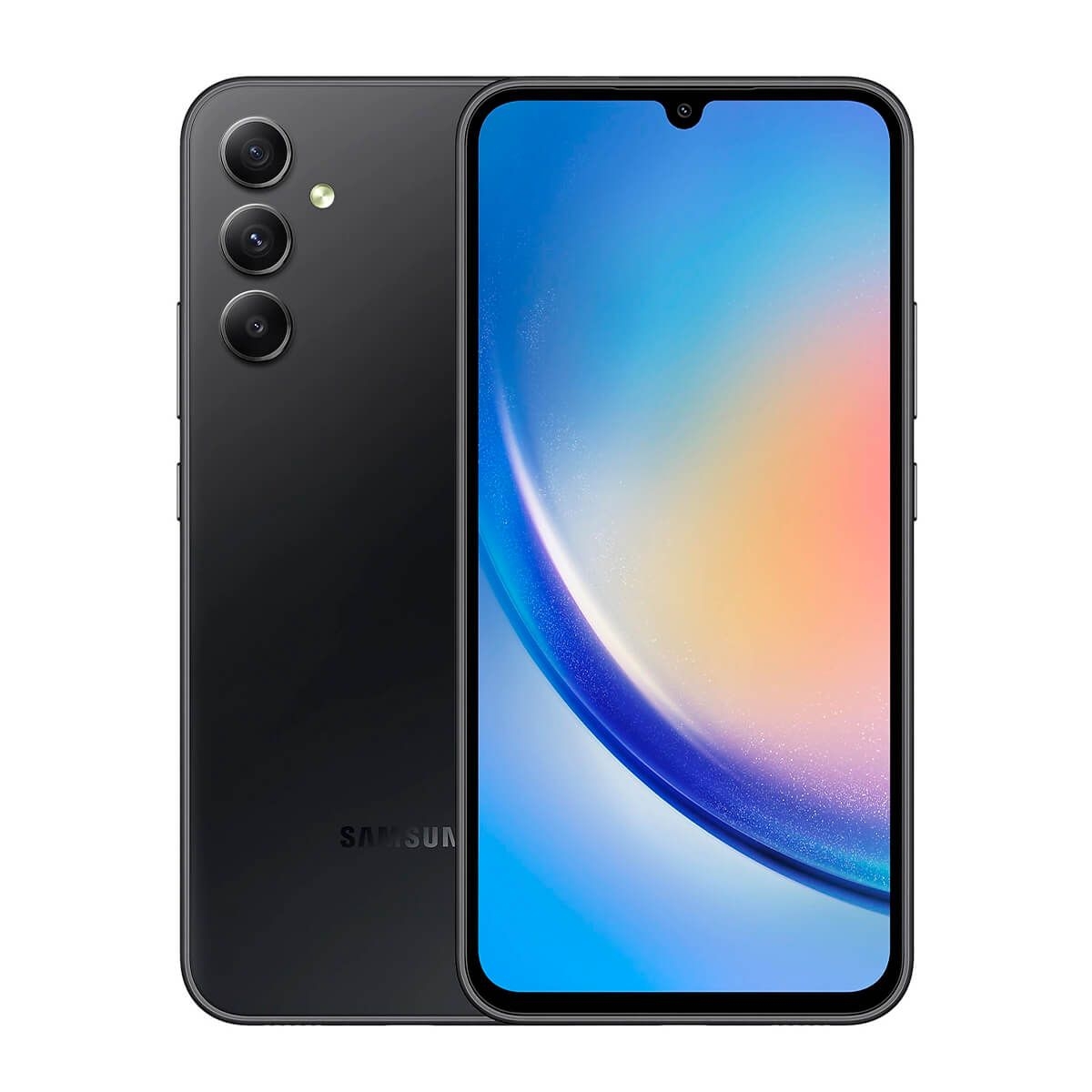samsung note7 sets the stage for this enthralling narrative, offering readers a glimpse into a story that is rich in detail and marked by both innovation and controversy. Released in 2016, the Samsung Note7 was anticipated as a groundbreaking device but quickly became infamous due to safety issues that led to its unprecedented recall. As we explore the timeline of its launch, technical specifications, user experiences, and the broader impact on the smartphone industry, the Note7’s legacy continues to resonate.
This analysis delves into the timeline of events surrounding the Note7, from its initial release to the fallout from its recall, while examining the technical prowess that made it a standout device. Engaging user reviews will provide insight into the device’s functionality and design, ultimately shaping our understanding of its place in technology history.
Historical Overview of Samsung Note7
The Samsung Note7, launched on August 19, 2016, was a highly anticipated flagship smartphone that promised cutting-edge technology and innovative features. However, its release was marred by serious safety issues that ultimately led to one of the most significant product recalls in tech history.
Timeline of Events
The Note7 was unveiled with great fanfare, showcasing features such as a brilliant AMOLED display, powerful performance, and an enhanced S Pen. Initial consumer response was overwhelmingly positive, leading to strong sales figures. However, just weeks after its launch, reports began to surface regarding battery issues, with devices overheating and, in some cases, catching fire.
– On September 1, 2016, Samsung announced a global recall of approximately 2.5 million devices, urging customers to return their phones for replacements.
– By October 2016, the company had begun distributing replacement units, but incidents continued to occur, leading to heightened consumer concern.
– On October 11, 2016, Samsung officially discontinued the Note7 after further reports of fires with replacement devices. The company then issued a second recall, affecting the remaining stock and advising customers to power down their devices and return them.
Reasons for the Recall, Samsung note7
The failure of the Note7 can be attributed to manufacturing defects in the battery design. Investigations revealed that the lithium-ion battery produced by Samsung SDI had a flaw that caused short-circuiting. In some cases, the battery was found to be too large for its casing, leading to pressure on the battery and eventual combustion.
– The first batch of batteries had issues related to the cell design, where the anode and cathode could touch, causing fires.
– For replacement units, a different supplier, Amperex Technology Limited (ATL), was utilized, but similar defects were found in some of these batteries as well.
“The Note7 crisis highlighted the importance of rigorous testing and quality control in the smartphone industry.”
Impact on Samsung’s Brand Reputation
The Note7 crisis had far-reaching effects on Samsung’s brand reputation. Once viewed as a leader in innovation, the company faced significant backlash from consumers and the media.
– Consumer trust in Samsung plummeted; surveys indicated a marked decline in brand loyalty and consumer perception.
– The financial impact was substantial, with estimates of losses exceeding $5 billion attributed to the recall and its fallout.
– Samsung undertook aggressive public relations efforts to restore its image, including transparency regarding the recall process and a commitment to safety in future products.
In conclusion, the Samsung Note7 serves as a cautionary tale in the tech industry, emphasizing the critical nature of product safety and quality assurance.
Technical Specifications and Features: Samsung Note7

The Samsung Note7 was launched in August 2016, showcasing a blend of cutting-edge technology and distinctive features that set a benchmark for future smartphones. It was designed to cater to power users and those who seek productivity enhancements through its extensive capabilities.
The specifications of the Note7 highlight its advancements over its predecessors while also marking certain features that were not carried forward into its successors. The device was equipped with a vibrant display, robust performance, and an assortment of features aimed at enhancing user experience.
Detailed Specifications
The Samsung Note7 came packed with impressive technical specifications which contributed to its recognition as a flagship device. The following table summarizes these specifications:
| Specification | Details |
|---|---|
| Display | 5.7 inches Super AMOLED, 1440 x 2560 pixels (518 ppi) |
| Processor | Qualcomm Snapdragon 820 / Exynos 8890 (depending on region) |
| RAM | 4 GB |
| Storage Options | 64 GB internal (expandable via microSD) |
| Camera | 12 MP rear, 5 MP front |
| Battery | 3500 mAh with fast charging and wireless charging capabilities |
| Operating System | Android 6.0.1 (Marshmallow), upgradeable |
| Water Resistance | IP68 certified |
| Stylus | S Pen with enhanced features |
The Note7 featured an advanced Super AMOLED display that was not only larger but also provided a higher resolution compared to its predecessor, the Note5, which offered a 5.7-inch screen with 1440 x 2560 pixels. This clarity was complemented by HDR support, enabling more vibrant colors and deeper contrasts, a significant improvement in visual experience.
Comparison with Predecessor and Successor Models
When comparing the Samsung Note7 to the Note5 and the Note8, several distinctive features emerge. The Note7 introduced several advancements:
– S Pen Features: The S Pen included in the Note7 boasted new functionalities such as screen-off memo and improved pressure sensitivity, allowing users to write on the display without having to unlock the device. This feature was not as refined in the Note5.
– Security Enhancements: The Note7 integrated an iris scanner, allowing biometric security options that were not available in Note5. This feature made it easier and faster to unlock the phone securely.
– Design Elements: The Note7 adopted a dual-edge design similar to the Galaxy S7 Edge, enhancing its aesthetic appeal. This contrasted with the more traditional flat design of the Note5.
– Battery Capacity: Although the Note7 had a slightly smaller battery capacity than what was initially expected at 3500 mAh, it incorporated fast and wireless charging technologies that were more efficient than those in the Note5.
Comparatively, the Note8 built upon the Note7’s legacy while addressing some of the concerns that arose from its battery issues, introducing a dual-camera system for enhanced photography and a larger battery.
Unique Selling Points
The Samsung Note7 attracted significant attention for its unique features that appealed to both tech enthusiasts and general consumers alike. Some of these selling points included:
– Iris Recognition: This technology provided a new level of security and ease of access, setting a trend among flagship devices in the market.
– Enhanced S Pen: The improved functionalities of the S Pen, along with water resistance, made it versatile for professionals and creatives.
– High-Quality Display: The vibrant Super AMOLED display was often cited as one of the best in the industry at the time, making it ideal for media consumption.
– Robust Performance: With high RAM and a powerful processor, the Note7 was designed to handle multitasking and demanding applications seamlessly.
The combination of these technical specifications and features positioned the Samsung Note7 as a strong contender in the smartphone market, setting expectations for future models while also leaving a complex legacy due to its noted issues.
User Experience and Reviews

The Samsung Note7, despite its short-lived production, gathered a wealth of user experiences that provide insight into its capabilities and shortcomings. Early adopters shared their thoughts across various platforms, from tech forums to social media, contributing to a diverse array of feedback that highlights both the appeal and pitfalls of the device.
User reviews of the Samsung Note7 can be organized into three main categories: functionality, design, and performance. Each category reflects user sentiments that help to understand the overall experience with the device.
Functionality
The functionality of the Samsung Note7 was generally praised for its productivity features and the S Pen integration. Users lauded the S Pen for its pressure sensitivity and precision, which allowed for tasks such as note-taking, drawing, and navigating through applications seamlessly. Many noted the ease of utilizing features like Screen Off Memo and Air Command.
However, there were criticisms regarding the device’s software stability, particularly during the early update cycles. Some users faced issues with app crashes and lagging when multitasking.
Design
The design of the Note7 received widespread acclaim for its elegant aesthetics and premium build quality. The device featured a curved glass display that not only enhanced its visual appeal but also provided a more immersive viewing experience. Users appreciated the ergonomics of the device, describing it as comfortable to hold despite its larger size.
Nevertheless, certain users expressed concerns over the glass back being prone to fingerprints and smudges, detracting from the phone’s sleek appearance. Additionally, the placement of the fingerprint scanner was critiqued for its inconsistency, leading to frustrations during use.
Performance
Performance was one of the standout aspects of the Samsung Note7, with users reporting swift operation thanks to its powerful processor and ample RAM. Many reviews highlighted the device’s capability to handle demanding applications and games without noticeable lag.
On the downside, the battery life became a major issue as the device was recalled due to safety concerns. Before the recall, users had mixed experiences, with some praising the quick charging capabilities while others noted a drop in battery performance over time, especially with heavy usage.
“While the Note7 was a dream for productivity and design, its safety issues overshadowed what could have been a flawless experience.”
Feedback from early users of the Samsung Note7 underscores a device that was both innovative and flawed, ultimately shaping the narrative around one of Samsung’s most talked-about smartphones.
Long-term Effects on the Industry

The Samsung Note7 incident reverberated throughout the smartphone industry, leaving a lasting impact on safety protocols, consumer perception, and manufacturer strategies. This high-profile case of battery failures and subsequent recalls not only shaped regulatory frameworks but also prompted an introspection within the industry regarding safety and trust.
Influence on Smartphone Safety Regulations
The repercussions of the Note7 crisis catalyzed a reevaluation of existing safety regulations governing mobile devices. Regulatory bodies recognized the need for stricter oversight on battery manufacturing and testing procedures. In response, several industry-wide initiatives were implemented that emphasized rigorous safety standards. These included:
- Enhanced Testing Protocols: Manufacturers adopted more comprehensive testing methods for batteries, including real-world stress tests and simulations to identify potential failures before products reached consumers.
- Collaboration with Regulators: Smartphone companies began actively engaging with regulatory agencies to develop safety guidelines that reflect current technological advancements and safety requirements.
- Adoption of Battery Safety Certification: New certifications for battery safety emerged, ensuring that only batteries meeting strict criteria are used in consumer devices.
Effects on Consumer Trust in Mobile Technology Brands
The immediate fallout from the Note7 incident was a significant decline in consumer trust. Users became increasingly cautious about their mobile device choices, leading to a shift in purchasing behavior. The incident instilled a sense of vulnerability among consumers, and several noted changes in their attitudes towards brands:
- Increased Skepticism: Many consumers began questioning the reliability of not just Samsung, but all smartphone manufacturers, leading to heightened scrutiny of product reviews and safety reports.
- Preference for Established Brands: Consumers gravitated towards brands with a strong reputation for safety, often favoring established companies over newer entrants perceived as riskier.
- Demand for Transparency: Users increasingly valued brands that demonstrated transparency about their manufacturing processes and safety practices, holding companies accountable for product quality.
Lessons Learned by Manufacturers
The Note7 incident served as a wake-up call for manufacturers, prompting significant introspection and strategic changes across the industry. Key lessons learned included:
- Importance of Quality Control: Manufacturers recognized that rigorous quality control measures are essential at every stage of production, particularly in battery design and assembly.
- Consumer Communication is Crucial: Effective communication strategies became paramount in maintaining consumer trust. Brands learned the importance of promptly addressing safety concerns and being transparent during recalls.
- Emphasis on Research and Development: There was a renewed focus on investing in R&D to innovate safer battery technologies, such as solid-state batteries, which promise enhanced safety and efficiency.
“The Note7 incident exemplified that in the competitive mobile technology market, safety is no longer an option but a fundamental expectation from consumers.”
Essential Questionnaire
What caused the Samsung Note7 to be recalled?
The Samsung Note7 was recalled due to reports of battery failures that led to overheating and fires.
How did the Note7 impact Samsung’s brand reputation?
The recall significantly damaged Samsung’s reputation, resulting in a loss of consumer trust and market share in the short term.
What are the key features of the Samsung Note7?
The Samsung Note7 featured a 5.7-inch display, stylus support, iris scanning, and water resistance, along with a high-quality camera.
Did the Samsung Note7 have any notable competitors?
Yes, at its launch, notable competitors included the Apple iPhone 7 and Google Pixel, both of which offered strong alternatives to the Note7.
What lessons were learned from the Note7 incident?
Manufacturers learned the importance of rigorous safety testing and the need for transparent communication with consumers regarding product issues.
If you’re looking for a versatile device to enhance your smart home setup, the sonoff sv is a great option. This smart switch allows you to control your appliances remotely, making it easier to manage energy usage. With its simple installation process, you’ll be able to integrate it seamlessly into your existing system, providing convenience at your fingertips.
The hub smartthings is an essential component for anyone aiming to create a cohesive smart home environment. By acting as a central hub for various devices, it simplifies control and automation across different brands. This compatibility not only enhances user experience but also allows for custom automation tailored to your lifestyle.
